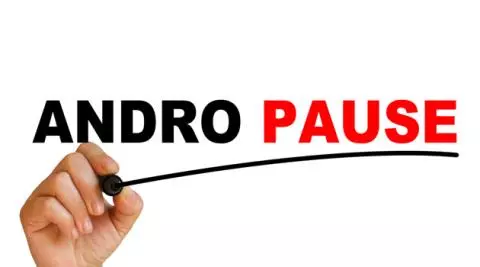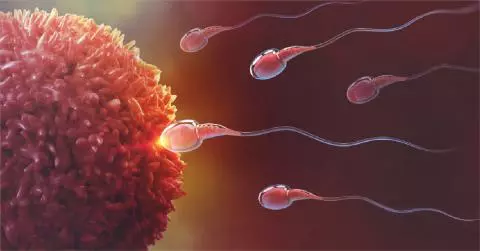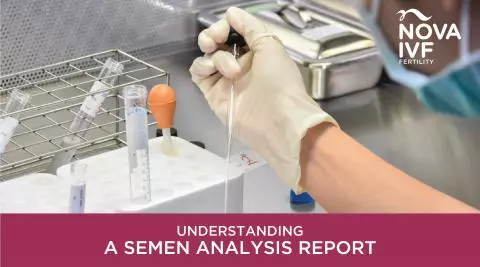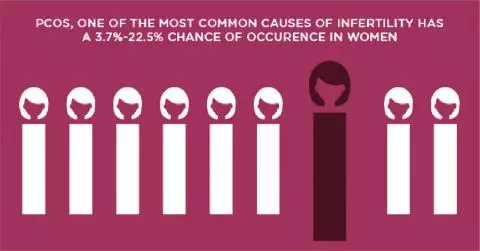Vasovasostomy and Vasoepididymostomy: Surgical Options for Vasectomy Reversal
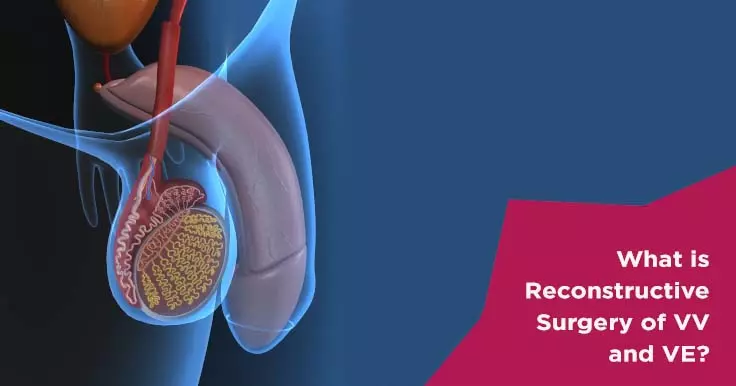
Vasovasostomy (VV) and Vasoepididymostomy (VE) are surgical procedures that can reverse a vasectomy. It can also be done in case of any obstruction in the male reproductive tract. If a patient wants to be fertile again or wants to improve his fertility by removing the obstruction, he might consider opting for a vasectomy reversal.
Being a permanent form of birth control, a vasectomy can lead to male sterilization. During a vasectomy, the doctor cuts or blocks the vas deferens preventing the sperm to travel from the testes to the penis during ejaculation. So after a vasectomy, a man is unable to fertilize his partner’s eggs.
Types of Vasectomy Reversals
There are two types of vasectomy reversal surgeries:
- Vasovasostomy (VV)
- Vasoepididymostomy (VE)
Vasovasostomy (VV)
In a reconstructive surgery of VV, the two ends of vas deferens are rejoined after surgically removing the cap that scars the vas deferens. It is a complex and technically difficult surgery and usually takes about 4 hours’ time.
Vasoepididymostomy (VE)
In certain cases, the extent of scarring post vasectomy becomes higher with time. Sometimes scars can be seen at the delicate tubes that go upstream and closer to the testicles. So a VV may not be successful in serving the purpose.
This calls for a reconstructive surgery of VE, which is performed by carefully dissecting and mobilizing a single Epididymal tubule, that is then incised in a location upstream from the obstruction. Now again the fluid is checked for sperms. If no sperms are found then another transaction is made closer to the beginning of the Epididymal tubules. Under the operating microscope, the anastomosis is performed with two layers of an extremely fine suture.
Recovery and Success Rates
In either of the surgeries, it usually takes a few days to recover. Some men experience pain, which can be easily comforted by certain pain relievers. The Doctor will ask the patient to refrain from sex for several weeks post-surgery. Until recovery, some may be asked to wear a jockstrap to support the genitals.
It may take time for the sperm count to reach normal levels again. In case of a VV, the sperm count takes a few months’ time to become normal whereas, in case of a VE, few years may be required for the normal level of sperm to be reached.
A VE procedure being more complex than a VV, doctors recommend VV in most cases. The sperm flow has returned in over 75-95 % of men post-VV procedure. The success rate of a vasectomy reversal surgery depends on the amount of time since vasectomy, the age of the male and the female partner and other findings after the surgery begins.
 Infertility Counselling
Infertility Counselling Female Infertility Treatment
Female Infertility Treatment Andrology Treatment
Andrology Treatment Fertility Enhancing Surgeries - Female
Fertility Enhancing Surgeries - Female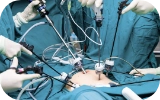 Fertility Enhancing Surgeries - Male
Fertility Enhancing Surgeries - Male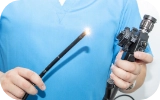 Endoscopy Treatment
Endoscopy Treatment IUI Treatment
IUI Treatment IVF Treatment
IVF Treatment ICSI Treatment
ICSI Treatment Advanced IVF Solutions
Advanced IVF Solutions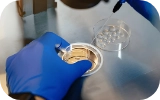 Embryology
Embryology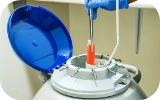 Vitrification Egg, Embryo, Sperm Freezing
Vitrification Egg, Embryo, Sperm Freezing Preimplantation Genetic Testing (PGT)
Preimplantation Genetic Testing (PGT) Donation Program Embryo / Egg / Sperm
Donation Program Embryo / Egg / Sperm Self-cycleTM IVF
Self-cycleTM IVF

 Self-cycleTM IVF
Self-cycleTM IVF